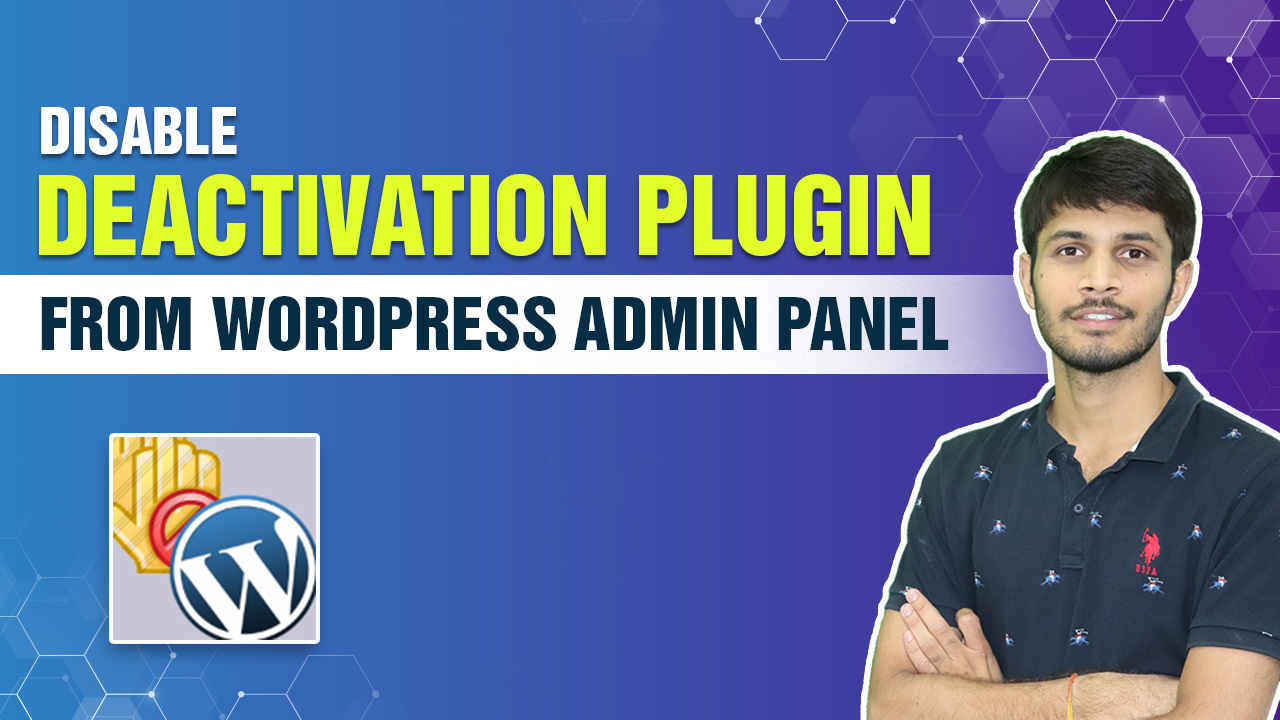Do you want to keep clients from deactivating WordPress plugins on your website by accident?
If you create websites for clients, you most likely already have a favorite toolkit of must-have WordPress plugins that you install on each site. You can also include custom code snippets in client-specific plugins.
Clients, on the other hand, may inadvertently deactivate one of those plugins, which may affect the functionality of their site or even break it completely.
You can also watch the video tutorial:
In this article, we’ll demonstrate you how to securely help stop clients from deactivating WordPress plugins without limiting their website control.
We’ll go over two approaches, and you can pick the one that truly works for you. Along the way, we’ll also talk about some alternative approaches.
Let’s begin with the most straightforward option.
Method 1: Using a Plugin to Prevent Plugin Deactivation in WordPress
This method is less difficult and less intrusive. It also gives all users with the administrator role complete control, and they can transform it off at any time.
Essentially, we will use a plugin to remove the ‘Deactivate’ link from all plugins. Users would still have been able to install fresh plugins and disable the prevention at their discretion.
The first step is to install and activate the Disable Plugin Deactivation plugin.

Step1:
After activation, go to Plugins » Plugin Deactivation Settings to customise plugin options.
To disable the ‘Deactivate’ link for all plugins, simply select ‘Enable’ next to the ‘Disable Plugin Deactivation’ option.
How To Disable Deactivation Plugin From WordPress Admin Panel
You can also disable plugin activation, which prevents users from initiating any other plugins. You can also help stop users from installing plugin updates by disabling plugin deletion.
It is important to note that you should never deactivate plugin updates on client sites. It would jeopardise WordPress security and expose your customer to security threats.
Don’t ignore saving your settings by clicking the ‘Save changes’ button.

Users can now see the plugin in action by going to the plugins page. There is no ‘Deactivate’ link beneath any of the site’s active plugins.
The plugin makes it easier and less noticeable to disable the plugin deactivation option. Your clients, on the other hand, can simply disable this feature by going to Plugins » Plugin Deactivation Settings.

Plugin Access Restrictions Based on User Roles and Permissions
WordPress includes a user role management system. The relevant user roles are included with a standard WordPress installation:
- Administrator
- Editor
- Author
- Contributor
- Subscriber
Plugins can only be managed by users with the Administrator user role. If you’re building a website for a client, you can set up two user accounts for them.
One with Administrator privileges, allowing them to manage the website independently. Following that, you can create a new user account with the Editor user role. It can be used by your clients to create content.
This reduces the possibility of them accidentally deactivating critical plugins. You’ll need to teach them how to use the Administrator account with caution when installing updates or adding new users.
You can also create customised user roles with a particular set of authorizations. You can make a new user role that can adjust themes but not handle plugins in this manner.
We hope you found this article useful in learning how to avoid clients from deactivating WordPress plugins.
If you enjoyed this article, please subscribe to our WordPress video tutorials on YouTube. In case you have any more queries, feel free to check out our site Digital Suncity or you can contact us as well.
Also Read: How To Change The Howdy Text In WordPress Admin Bar



0 Comments